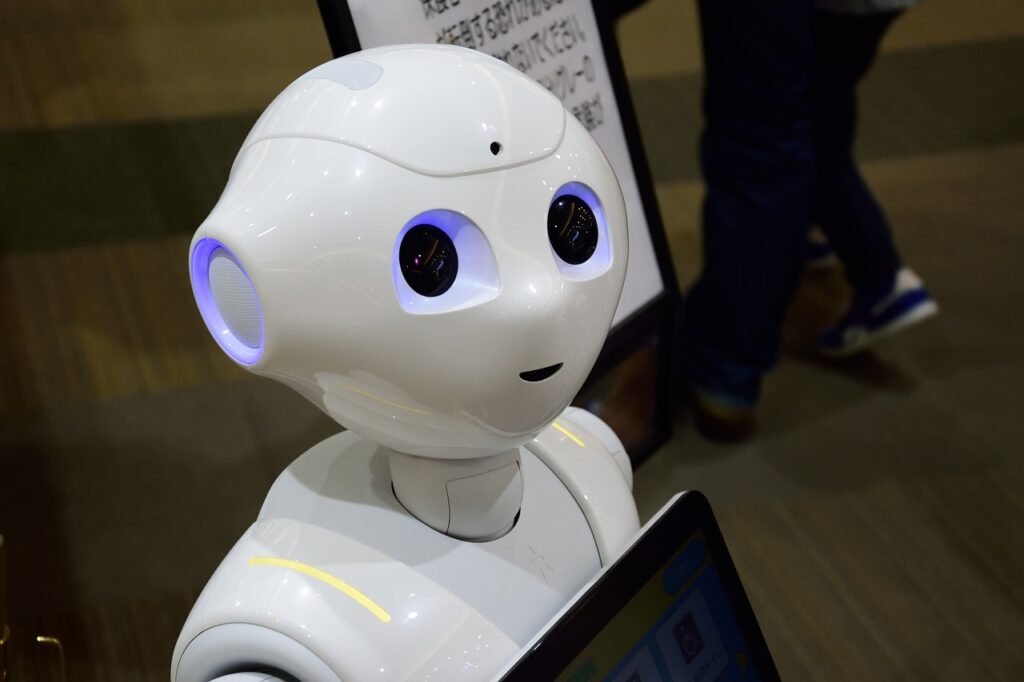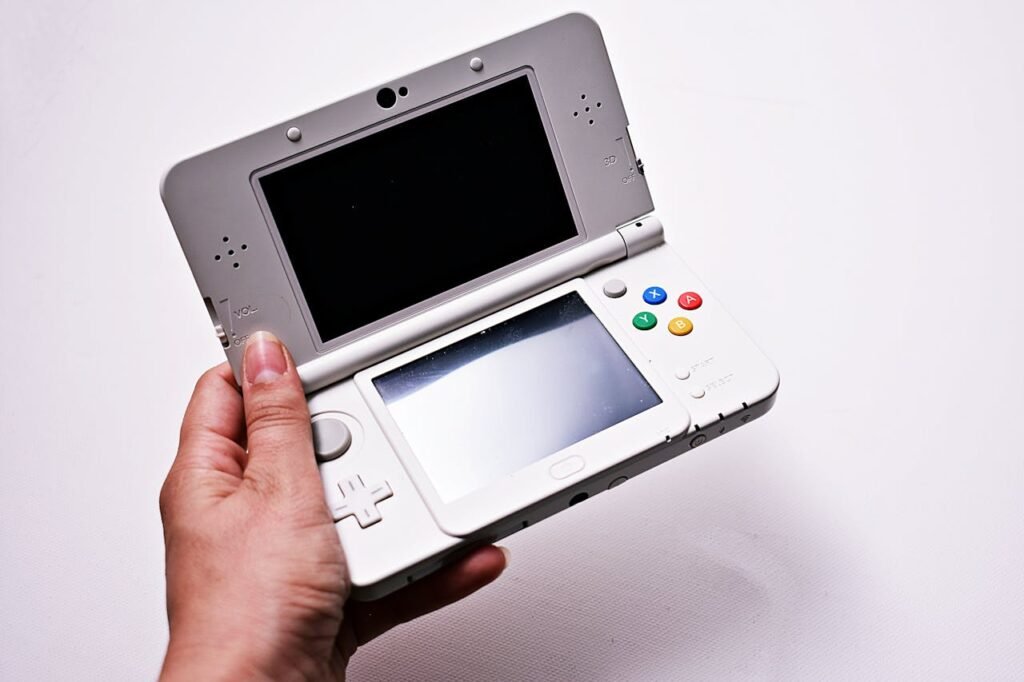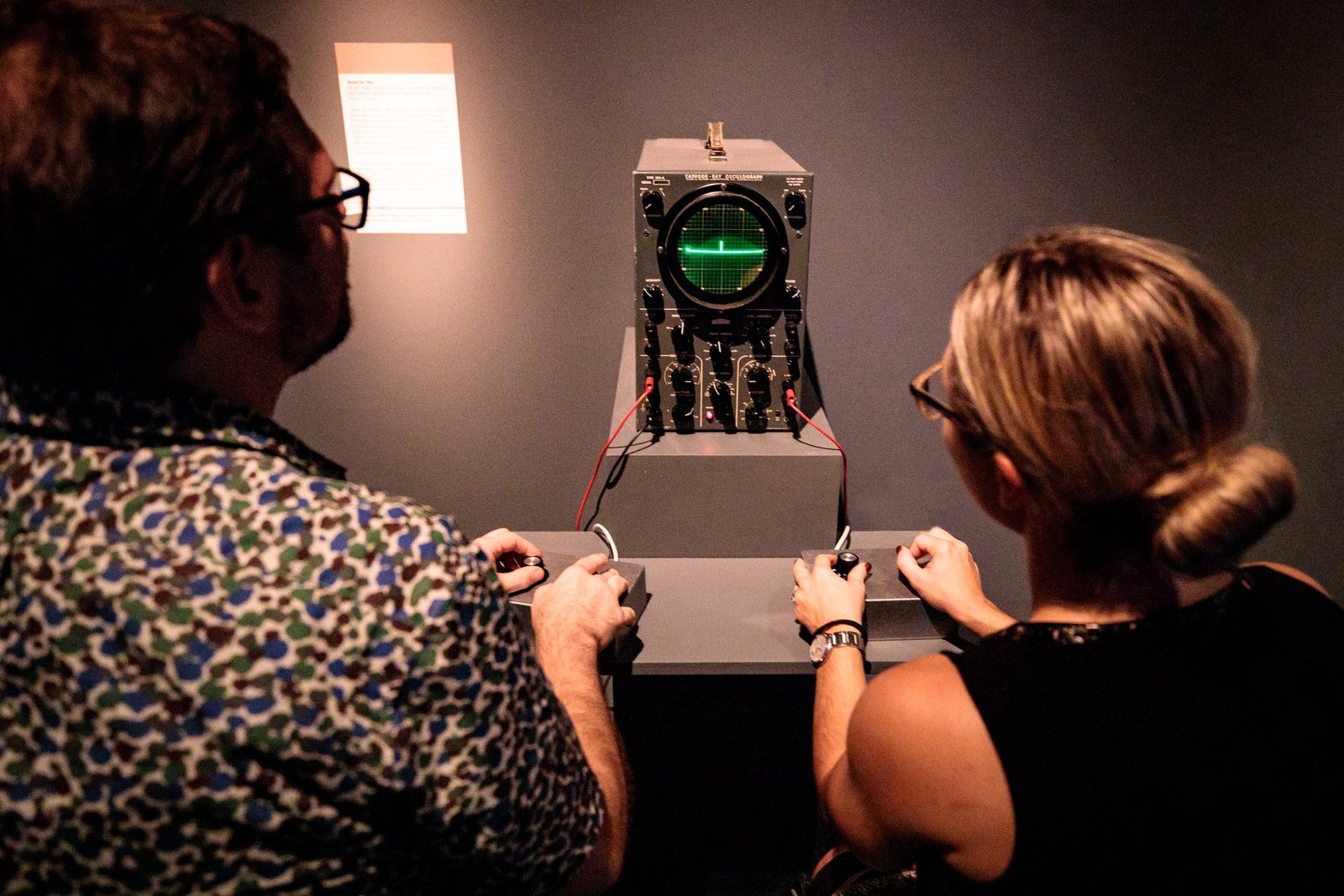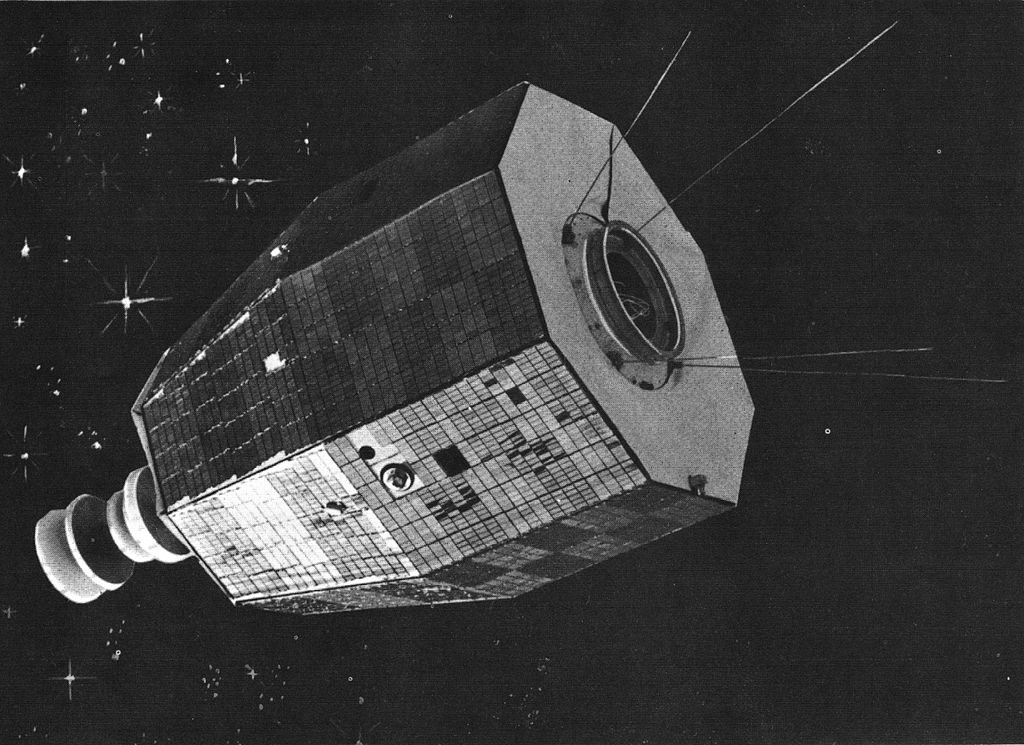Japan, a nation renowned for its rich cultural heritage and breathtaking natural landscapes, is equally celebrated for its profound impact on the world through Japanese inventions and cutting-edge technology. With a history of tradition, Japan has seamlessly integrated innovation into its cultural fabric, creating a unique blend of the ancient and the modern.
This enchanting land has given birth to various groundbreaking inventions that have revolutionized daily life. Japanese inventions have left an indelible mark on global society, from the iconic Walkman that reshaped how we experience music to the incredible Shinkansen, the world’s first high-speed train. As we delve into Japan’s legacy of innovation, we’ll explore the intricate dance between tradition and progress, offering insights into how Japanese technology has continually pushed the boundaries of what’s possible.
Join us on a captivating journey through the corridors of Japan’s inventive genius, where ancient craftsmanship and modern engineering converge to shape the world. We’ll uncover the secrets behind Japan’s ability to consistently produce pioneering inventions, shedding light on the cultural and historical factors that have fueled this technological powerhouse. Whether you’re an enthusiast of Japanese technology or simply curious about the origins of these groundbreaking inventions, this exploration promises to be a fascinating foray into Japanese ingenuity and the enduring spirit of innovation that defines Japan.
Table of Contents
What is Japan famous for in technology?

Japan is renowned for its cutting-edge technology and innovation, earning a global reputation for excellence in various tech-related fields. One of its most iconic technological contributions is in the consumer electronics sector. Japanese companies like Sony, Panasonic, and Toshiba have produced world-class products such as the Walkman, PlayStation, and high-quality televisions and cameras.
Japan is also famous for its advancements in robotics, with creations like ASIMO and Softbank’s Pepper showcasing the country’s expertise in creating humanoid and socially interactive robots. These robots have applications in industries ranging from healthcare to manufacturing.
In the automotive sector, Japan is synonymous with reliability and innovation. Toyota, Honda, Nissan, and other Japanese automakers are recognized for their groundbreaking hybrid and electric vehicles, pushing the boundaries of fuel efficiency and sustainability.
Moreover, Japan’s Shinkansen, or bullet train, revolutionized high-speed rail travel and set the gold standard for safe, efficient transportation systems worldwide.
In sum, Japan’s fame in technology extends across consumer electronics, robotics, automotive innovation, and transportation systems, making it a global tech powerhouse.
Why is Japan so modern?
Japan’s modernity can be attributed to historical, cultural, and socioeconomic factors. Following World War II, Japan underwent rapid reconstruction and industrialization spurred by significant infrastructure, technology, and education investments. The Japanese government and businesses worked closely together, fostering innovation and economic growth.
Culturally, Japan places a high value on efficiency, precision, and quality, which has driven advancements in various industries. The country’s strong work ethic, discipline, and emphasis on continuous improvement (kaizen) have played pivotal roles in its modernization.
Japan also benefits from a robust education system, producing a highly skilled workforce in technology, engineering, and science fields. Additionally, a strong commitment to research and development has led to groundbreaking innovations across sectors like electronics, automotive manufacturing, and robotics.
Furthermore, Japan’s geographical location as an island nation has historically encouraged self-sufficiency and innovation. These factors, combined with a commitment to adapt and adopt foreign technologies and ideas, have contributed to Japan’s status as a modern, technologically advanced society.
Why Japan is so innovative?
Japan’s culture and history play a pivotal role in fostering innovation. Several factors contribute to Japan’s reputation for innovation. Firstly, there is a strong emphasis on education and discipline from an early age. The Japanese education system encourages critical thinking, problem-solving, and creativity.
Secondly, Japan’s historical isolation from the rest of the world led to a culture of self-reliance and a strong desire for technological advancement to catch up with Western nations during the Meiji Restoration in the 19th century. This drive for progress has continued throughout the 20th and 21st centuries.
Thirdly, Japanese companies prioritize research and development, often investing heavily in innovation. This commitment to R&D has led to breakthroughs in various industries, from electronics to automotive.
Additionally, Japan’s society values teamwork, consensus-building, and continuous improvement (Kaizen), which encourages sharing ideas and incremental innovations.
Lastly, the Japanese respect craftsmanship, precision, and attention to detail reflected in their products and technologies.
Japan’s innovative culture combines education, historical context, corporate commitment, and societal values to produce groundbreaking inventions and technological advancements consistently.

Japan’s Legacy of Innovation and Invention
Japan has been responsible for many significant inventions and innovations that have had a global impact. Here are some notable ones:
Karaoke Machine (1971)
Karaoke, a beloved form of entertainment, was introduced to the world by Japanese inventor Daisuke Inoue. In the early 1970s, Inoue’s groundbreaking creation, the karaoke machine, transformed how people engaged with music and socialized. Karaoke swiftly became a global sensation by allowing individuals to sing along to instrumental tracks, fostering a vibrant culture of amateur vocal performances. It enriched the music industry and united people of all backgrounds, bridging language and cultural barriers. Today, karaoke remains an enduring form of entertainment, epitomizing Japan’s innovative spirit and impact on worldwide leisure and music culture.
Walkman (1979)
Sony’s Walkman, introduced in 1979, was a groundbreaking innovation that revolutionized how people experienced music on the go. Before the Walkman, portable music meant carrying bulky cassette decks or transistor radios. The Walkman’s compact design, lightweight build, and high-quality audio output allowed users to enjoy their favorite music wherever they went. It empowered individuals to create their personal soundtracks for daily life, setting the stage for a cultural shift in music consumption. The Walkman became an iconic status symbol and paved the way for subsequent portable music players, including CD players, MP3 players, and smartphones, shaping how we engage with music in today’s digital age.

Nintendo Entertainment System (NES) (1983)
Nintendo’s NES, or Nintendo Entertainment System, is celebrated for its pivotal role in rejuvenating the video game industry following the devastating North American game crash 1983. This 8-bit gaming console reintroduced confidence in home video game systems and set the industry’s standard. With iconic titles like Super Mario Bros. and The Legend of Zelda, the NES captivated gamers and introduced a generation to the joys of console gaming. Its success revitalized the market, laying the foundation for future gaming consoles and establishing Nintendo as a dominant force in the video game world while rekindling the world’s love for gaming.
Digital Camera (1986)
The Sony Mavica, developed in Japan, was a pioneering photography innovation. Introduced in 1981, it marked a significant milestone in the transition from traditional film photography to the digital era. Unlike conventional film cameras, the Sony Mavica utilized a magnetic floppy disk to store images, allowing instant image capture and retrieval. This breakthrough laid the foundation for the digital photography revolution, ultimately reshaping how we capture, store, and share images. The Mavica’s legacy continues to influence today’s digital imaging technology, underscoring Japan’s crucial role in shaping the modern photography landscape.

CD (Compact Disc) (1982)
The Compact Disc, commonly known as the CD, emerged as a groundbreaking audio and data storage innovation. Its development resulted from a collaborative effort between two tech giants, Sony and Philips. Introduced in the early 1980s, the CD quickly gained global popularity as a reliable and high-quality medium for storing and playing music and data. Its adoption marked a significant shift from analog to digital audio technology, offering pristine sound quality and durability. CDs became ubiquitous, revolutionizing the music industry, data storage, and paving the way for future digital media formats, making it a pivotal milestone in the history of technology and entertainment.
PlayStation (1994)
Sony’s PlayStation gaming console, launched in 1994, was a game-changer for the gaming industry. It introduced CD-based games, offering superior storage capacity and audio quality, and brought cutting-edge 3D graphics and immersive gameplay to a global audience. This innovation disrupted the dominance of cartridge-based systems and helped establish Sony as a major player in the video game market. The PlayStation’s success paved the way for subsequent PlayStation iterations, setting a high standard for home gaming consoles. Its influence continues to shape the industry, emphasizing the importance of both hardware and software in delivering exceptional gaming experiences.
Bullet Train (Shinkansen) (1964)
Japan’s Shinkansen, also known as the bullet train, stands as an iconic testament to innovation and efficiency in transportation. It was introduced in 1964 and marked the world’s inaugural high-speed railway system, radically transforming train travel. The Shinkansen’s groundbreaking technology allowed speeds of up to 210 km/h (130 mph) and ensured unparalleled safety and punctuality. This revolutionized the concept of rail travel, reducing travel times, increasing accessibility, and setting the gold standard for rapid and reliable transit. Over the years, the Shinkansen has continually evolved, and its success has influenced the development of high-speed rail networks globally, showcasing Japan’s enduring commitment to cutting-edge transportation solutions.

Toyota Prius (1997)
The Toyota Prius, introduced in 1997, marked a groundbreaking moment in the automotive industry as one of the first mass-produced hybrid electric vehicles. Its innovative combination of an internal combustion engine and an electric motor significantly improved fuel efficiency and reduced emissions, contributing to a growing global awareness of environmental issues. The Prius quickly gained popularity, leading to the adoption of hybrid technology in the automotive sector. Its success catalyzed a shift toward more environmentally conscious transportation options, setting the stage for developing cleaner and more sustainable vehicles and ultimately reshaping the way we think about automotive engineering and environmental responsibility.
Sony PlayStation Portable (PSP) (2004)
Sony’s PlayStation Portable (PSP) marked a groundbreaking advancement in portable gaming. Launched in 2004, it redefined mobile gaming by delivering console-like experiences on a handheld device. The PSP boasted impressive graphics, a vast library of games, multimedia capabilities, and a sleek design. Its analog thumbstick, high-resolution screen, and powerful hardware set it apart, allowing gamers to enjoy immersive titles previously limited to home consoles. With features like Wi-Fi multiplayer and internet browsing, the PSP not only catered to gaming but also served as a versatile multimedia device, solidifying its place as a seminal innovation in the world of on-the-go entertainment.
Nintendo Wii (2006)
Nintendo’s Wii, released in 2006, was a groundbreaking innovation in the gaming industry. It introduced motion-controlled gaming to a wide audience, fundamentally altering how people interacted with video games. With its unique Wii Remote controller and sensor bar, players could physically mimic actions like swinging a tennis racket or bowling a ball. This intuitive and accessible approach to gaming appealed to both seasoned players and newcomers. The Wii’s success revolutionized gameplay and expanded the gaming demographic, making it inclusive for all ages and skill levels. Its impact transcended the gaming world, influencing the development of motion controls in various technology applications.
3D Printing (1981)
While 3D printing technology emerged as a global innovation, Japan substantially contributed to its advancement. Companies like Mitsubishi and Sony played pivotal roles in developing and refining 3D printing technologies. Mitsubishi’s dedication to precision engineering contributed to developing high-precision 3D printers, particularly in industrial applications. Sony’s electronics and materials science expertise further propelled the field, fostering the creation of more sophisticated 3D printers and expanding their potential across various industries. These Japanese contributions have played a crucial part in enhancing the accuracy, speed, and versatility of 3D printing, ultimately influencing its widespread adoption worldwide.

VHS (Video Home System) (1976)
JVC (Victor Company of Japan) played a pivotal role in revolutionizing home entertainment with the development of the VHS (Video Home System) format. Introduced in the 1970s, VHS quickly became the dominant home video recording and playback format throughout the late 20th century. Its compact cassette design and affordable VCR (Video Cassette Recorder) technology allowed households to conveniently record and watch their favorite movies and TV shows. VHS not only transformed the way people consumed content but also facilitated the growth of the home video rental market. JVC’s innovation democratized home entertainment, shaping the cultural landscape and paving the way for the digital media revolution that followed.
Blue LED (1990s)
The invention of blue light-emitting diodes (LEDs) by Shuji Nakamura, a Japanese scientist, marked a pivotal moment in the world of lighting technology. Nakamura’s breakthrough enabled the creation of white LEDs by combining blue LEDs with phosphors, which emit a broad spectrum of colors when excited by the blue light. This innovation revolutionized the lighting industry by providing an energy-efficient and long-lasting alternative to traditional incandescent and fluorescent lighting. White LEDs are now widely used in various applications, from household lighting to displays and electronics, significantly reducing energy consumption and contributing to a more sustainable and environmentally friendly future.
Robotic Innovations
Japan has been at the forefront of robotics innovation. Honda’s humanoid robot, ASIMO, exemplifies the country’s commitment to pushing the boundaries of robotics. ASIMO demonstrated remarkable advancements in bipedal locomotion, human-like movement, and human interaction capabilities. Furthermore, Japan’s contributions extend to healthcare, where robotic surgical systems like the da Vinci Surgical System have revolutionized minimally invasive surgeries, enhancing precision and reducing patient trauma. These innovations underscore Japan’s pivotal role in harnessing robotics for entertainment and industrial applications, advancing the frontiers of healthcare, promoting safer medical procedures, and improving patient outcomes.

Emoji
Emojis, derived from the Japanese words “e” (picture) and “moji” (character), originated in Japan in the late 1990s. Shigetaka Kurita invented these small digital icons to convey emotions, ideas, and concepts in written communication. Initially designed for Japanese mobile phones, emojis gained global popularity and were standardized by the Unicode Consortium for cross-platform compatibility. They’ve grown diverse and inclusive, representing various symbols, faces, and demographics. Emojis have had a profound cultural impact, with some, like 😂, even becoming Words of the Year. Customization options and ongoing updates by the Unicode Consortium ensure emojis remain integral to modern digital communication, transcending language barriers and enhancing text-based conversations.
QR Code (Quick Response Code)
QR codes, or Quick Response codes, have become integral to our digital landscape, facilitating seamless interactions with the physical world through smartphones. These two-dimensional barcodes were invented by Denso Wave, a subsidiary of the renowned Toyota Group, in 1994. Initially developed for tracking automotive parts during manufacturing, QR codes have since evolved into a versatile tool for various applications. They encode data such as URLs, contact information, or product details, enabling users to access websites quickly, make payments, check in at venues, and more with a simple scan. Their widespread adoption in marketing, logistics, and contactless transactions has transformed how we engage with information and services in the digital age.
These remarkable creations are a testament to Japanese engineers and inventors’ inventive spirit and unwavering dedication. Japan’s rich history of technological advancements spans many fields, encompassing consumer electronics, transportation, and more.
In the realm of consumer electronics, Japan has consistently pushed the boundaries of what’s possible. From the iconic Walkman, which revolutionized personal music consumption, to the pioneering developments in digital cameras, Japan has shaped how we interact with technology. These inventions not only changed industries but also transformed the way we live our lives.
Japan’s influence extends to the transportation sector as well. The Shinkansen, colloquially known as the Bullet Train, was the world’s first high-speed railway system, showcasing Japan’s commitment to cutting-edge transportation solutions. This remarkable feat of engineering has not only connected cities but has also set a global standard for high-speed rail.
Japanese technology continues to evolve, with inventors and engineers tirelessly pushing the boundaries of what’s possible. Upon contemplation of Japan’s impressive track record of accomplishments, it becomes clear that Japanese innovations have revolutionized Japan and left an enduring impact on the global stage, charting the path of technological advancement for generations to follow.












